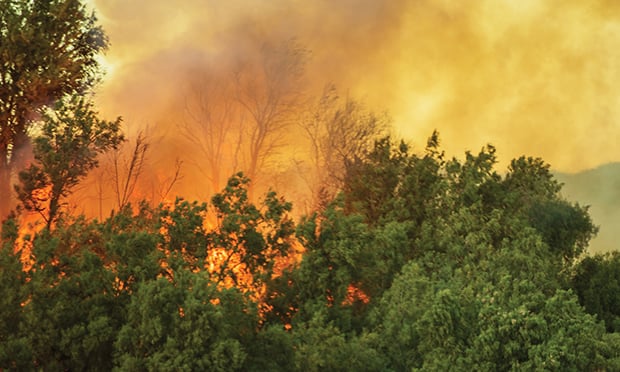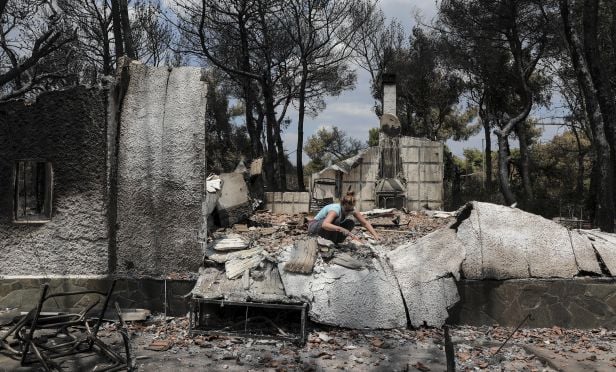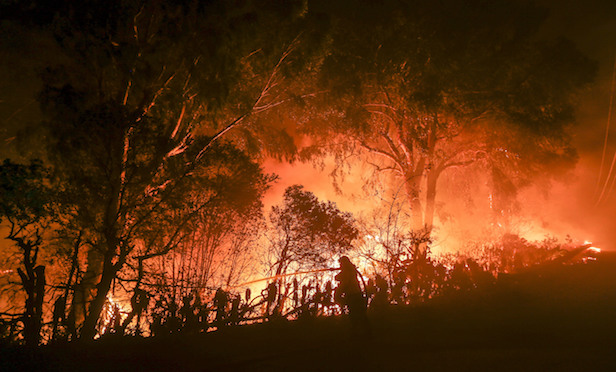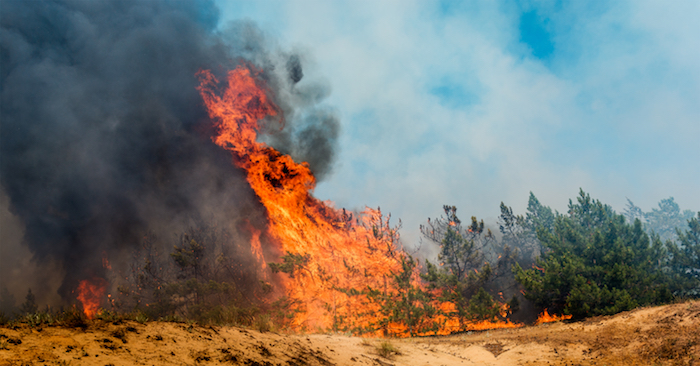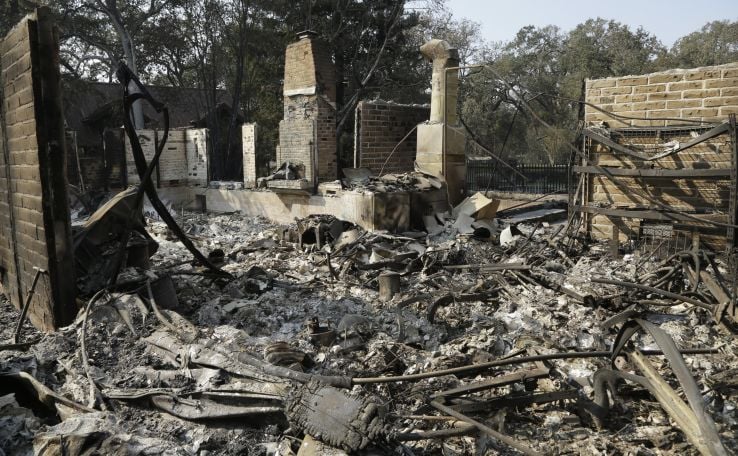 Remains of a home destroyed by wildfires seen Wednesday, Oct. 18, 2017, in Glen Ellen, Calif. California fire officials have reported significant progress on containing wildfires that have ravaged parts of Northern California. The fires that swept through parts of seven counties starting Oct. 8 were the deadliest and most destructive series of blazes in California history. (AP Photo/Ben Margot)
Remains of a home destroyed by wildfires seen Wednesday, Oct. 18, 2017, in Glen Ellen, Calif. California fire officials have reported significant progress on containing wildfires that have ravaged parts of Northern California. The fires that swept through parts of seven counties starting Oct. 8 were the deadliest and most destructive series of blazes in California history. (AP Photo/Ben Margot)
California and other Western states suffered historically severe wildfires following years of significant drought.
Estimates of damage for California alone were $9.4 billion as of early December 2017, and that figure is destined to rise as all damages are finally assessed and claims are completed.
Recommended For You
Want to continue reading?
Become a Free PropertyCasualty360 Digital Reader
Your access to unlimited PropertyCasualty360 content isn’t changing.
Once you are an ALM digital member, you’ll receive:
- Breaking insurance news and analysis, on-site and via our newsletters and custom alerts
- Weekly Insurance Speak podcast featuring exclusive interviews with industry leaders
- Educational webcasts, white papers, and ebooks from industry thought leaders
- Critical converage of the employee benefits and financial advisory markets on our other ALM sites, BenefitsPRO and ThinkAdvisor
Already have an account? Sign In Now


